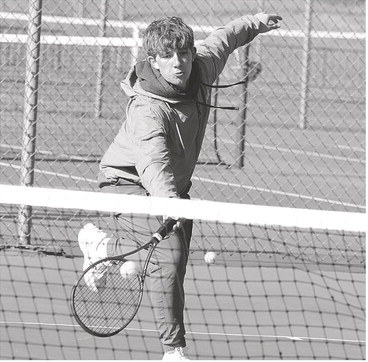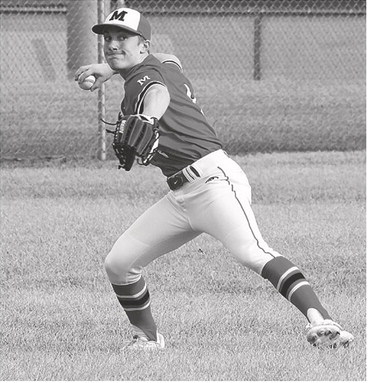An Outdoorsman’s Journal: Montana elk hunt – the journey


Hello friends, This week and next I will write about my most anticipated, expensive and, in some ways, most challenging trip of my life. I would head west with my golden retrievers to southwest Montana, pulling a 7,000-pound, 14-foot enclosed trailer rigged for camping that would hold my ATV and enough gear for two camps.
After two days my daughter Selina Walters, who is a biologist with the U.S. Fish and Wildlife Service out of Missoula, would join us for a week of elk and mule deer hunting. This week’s column is on the journey west and the days before the elk/mule deer season opened.
Tuesday, Oct. 22 – High 63, low 42 With gear, propane and the ATV, I am sure my 2017 GMC was pulling 9,000 pounds when I left home at 1 this morning. I can honestly say that I have never been so excited about an adventure in my life. Not only would I be hunting and living in the mountains, but Selina, who just nine months ago moved to Montana, would be my partner. I miss Selina a ton and this was my third trip west in 2024. The last one was to scout the area I would be calling home this week with her and, of course, Ruby and Red.
Today, I drove 1,005 miles before pulling over for a nap in the GMC Hotel in northeastern Wyoming. At one point I hit a 25-mph head wind that knocked my gas mileage down to 4.5 miles per gallon. After the wind, if I was willing to drive 65 or under, I averaged 10. I literally had enough cash for 10, not 4.5 mpg. Wednesday, Oct. 23 – High 58, low 32 Pure joy over took me as I made it to the U.S. Forest Service campground where my truck and trailer would be the only one for the next 11 days.
As soon as I got out of the truck, I started unloading the trailer and loading the ATV and its trailer for the 5-mile journey up a forest service road that at least in my mind was a constant concern. Sharp rocks that can tear tires apart, an overworked machine and going off the edge of the mountain kept me on top of my game, as any one of those would have spelled disaster for the rest of the trip and potentially beyond. I would stay at my lower camp the first two nights, haul gear, build the upper camp and scout for elk. This, my friends, is the life I was created for. I have put every dime and piece of thought into this journey and everything seemed perfect. On the drive up, on which I averaged a speed of 5 mph, the areas of the road that were dirt or mud instead of rock had ample elk sign. My first load consisted of one of my Eskimo pop-up ice shacks and a lot of camping gear. The Eskimo ice shack when tarped creates an impressive camp and it stays warm.
Next, I went scouting to the spot Selina and I found in August and the number of elk and deer signs was almost unbelievable. I made it back to my base camp at dark and could not have been in a better mood. Thursday, Oct. 24 – High 55, low 30 Another trip up the mountain with a load, put up another Eskimo shack— away from the sleeper shack — and more scouting, plus lots of animal sign, including new sign made where I scouted yesterday.
Selina worked a full day in Missoula, drove 180 miles and made it to camp at 9 tonight. Until this year, everything to do with Selina was either raising her or being a part of her college experience. Now she lives 1,500 miles away and is truly becoming a young woman of the outdoors both in her career and her hobbies: fly fishing, kayaking, hiking and lots of hunting this fall. We sat up and she played with her pups, we talked and the mood was perfect. Friday, Oct. 25 – High 60, low 29 With the pups and last load of gear we headed up the mountain. For Selina it would be five days. We had Ruby hike the first 2 miles; then she got to ride with Selina and I on our 570 Polaris Sportsman. I have to give a plug for this machine: it’s 100% flawless and uses very little fuel. Selina and I went into where we would hunt the following morning. We followed all grizzly bear protocol, which I will get into next week, and had several hours at camp to prepare for plenty of hard days of hunting, but this afternoon and early evening, we simply had fun.
Take your kids hunting/fishing and they will be your friend when they are adults! Sunset
Mark Walters




